I stood next to a 30-foot spruce, my neck craned back as I trained my telephoto lens on a tiny bird, high among the branches. As the songbird came into focus, its sublime coloration revealed what I suspected — a Cape May warbler! Soon I heard voices from behind, expressions of wonderment, not unlike my own. I turned to see 40–50 birdwatchers, or birders if you prefer, their necks craned back like mine, binoculars trained on the crest of the spruce. I wasn’t surprised to find myself immersed in the St. Louis Audubon Society’s Saturday morning bird walk. After all, I was in Tower Grove Park.
Tower Grove Park, a National Historic Landmark, is St. Louis’ second largest park at 289 acres. It is considered one of the crown jewels of not only St. Louis, but of the state of Missouri. The park, which originated as a gift deeded from Henry Shaw in 1868, is governed by a Board of Commissioners appointed under the authority of the Missouri Supreme Court. The board, which always includes the director of the Missouri Botanical Garden, governs and manages the park. Each year, as designated in the original contract between the Mayor of St. Louis and Henry Shaw, the city provides funds to be expended upon the park at the discretion of the commissioners.
Most visitors to Tower Grove Park are there to walk or jog the paved paths that circle the park beneath its stately trees, including a variety of oaks, sycamore, magnolia, sweet gum, cypress, gingko, spruce, Osage orange, and many other species. Others spend time with their families at one of the 11 Victorian-era pavilions, all maintained in original coloration and detail. In addition to standard park amenities, including tennis courts, softball fields, and soccer fields, Tower Grove P An ovenbird after a bath in the park’s famous bubbler ark features a fountain pond and several small lily ponds that attract ducks, geese, herons, and songbirds.
The Project
My first introduction to Tower Grove Park began with a phone call from John Karel, now-retired park director, during the winter of 2013. Karel was seeking a wildlife photographer to capture the numerous birds that visit the park each year. The photographs could then be used for educational and promotional purposes. He explained that Tower Grove Park serves as a resting stopover for migrating songbirds along the Mississippi River flyway. Birders refer to such sites, many of which are in urban areas, as migratory fallout areas, and Tower Grove Park is recognized by the National Audubon Society for its importance to birds. Currently, over 200 species of birds have been documented in Tower Grove Park, which is visited by approximately 5,000 birders each year.
As I discussed the proposal with Karel, I found his passion for the park and its importance to migrating birds so enthusiastic I couldn’t resist the project. I agreed to make 20 photography trips to Tower Grove Park over the following year. Karel suggested that I start at the Robert and Martha Gaddy Wild Bird Garden in the northwest corner of the park. The Gaddy Garden consists of a forested area, denser than that found in the rest of the park, and a landscape fountain, known to local birders as The Bubbler, which attracts an impressive variety of birds, including warblers, thrushes, vireos, flycatchers, woodpeckers, kinglets, sparrows, hawks, and owls.
Winter
My first visit to Tower Grove Park was in February 2014. When I stepped out of my car, I was greeted by a red-tailed hawk sitting on a branch, watching me as I assembled my camera, tripod, and 500 mm lens. I worked frantically, assuming the hawk would skedaddle before I was ready, but to my surprise, the intrepid hawk continued to observe me, even as I positioned my tripod for an image. I remember how good I felt to have a nice image in the bag only minutes after my arrival. This was going to be a great project!
I continued to visit the park the rest of the winter, capturing images of yellow-bellied sapsuckers, white-throated sparrows, brown creepers, winter wrens, and other winter visitors. On slow days, I just walked around the park, observing and photographing the exquisite details of the colorful pavilions. One day, I photographed the dragon ornaments of the Chinese Pagoda Pavilion. At the end of the project, I jokingly included one of the dragons along with my final submission of bird images to Karel.
Spring
As winter gave way to spring, the birds became much more active, as expected. Several wood ducks took up residence at the fountain pond and adjacent lily ponds, providing great opportunities for colorful captures. Often, a drake wood duck would rest on an ornamental fence, creating the perfect urban wildlife scene. Brown creepers kept me busy as they continued to search the trunks of stately cypress trees for insects. White-throated sparrows seemed to be everywhere! A great blue heron showed up one morning at the fountain pond, and I photographed it catching a huge goldfish. Later, I observed a great egret resting in a cypress tree, its lacy plumage flowing in the wind. The contrast of the white bird against the green cypress branches resulted in a stunning image.
In early April, Karel asked me if I had observed any great-horned owls in the park. He told me that owls had nested in the park in previous years, so I should be on the lookout. The next weekend, I wandered through the park, checking every tree for an owl nest. Eventually, a maintenance person led me to a dead tree where two juvenile great-horned owls were sleeping in a hollow.
I captured several images of the owlets over the next few weeks, and watched as they branched out into other parts of the nest tree. Occasionally, I saw the parents in neighboring trees keeping an eye on me from afar. One morning I returned to find the fledglings had left the tree and moved to other trees nearby. That evening, St. Louis had a strong storm and the nest tree fell to the ground. I was happy that the owls survived, and I watched them for weeks as they became more independent, with a little help from their parents.
Near the end of April, the arrival of warblers and other migrants began in earnest. Tower Grove Park came alive with tiny, colorful songbirds making their way from as far south as Central and South America to their breeding grounds much farther north to the Great Lakes and Canada. Suddenly, I didn’t have the park to myself anymore. During each visit to the Gaddy Garden, I was surrounded by dedicated birders, some from other states. Although I’m not particularly social, at least where my photography is concerned, I couldn’t resist interacting with these knowledgeable birders, often asking them for verification of a species identification or for information about the habitat preferences and timing of a particular bird.
As the migration progressed, my project file became filled with dazzling images of tiny gems, such as the magnolia warbler, chestnut-sided warbler, black-throated green warbler, black-and-white warbler, golden-winged warbler, yellow-rumped warbler, Nashville warbler, Tennessee warbler, American redstart, and ovenbird. My lens also found the yellow-billed cuckoo, summer tanager, yellow-bellied flycatcher, yellow-throated vireo, Louisiana waterthrush, northern waterthrush, brown thrasher, eastern towhee, rose-breasted grosbeak, and many others. Every visit throughout the spring was a joyful experience, far beyond my most optimistic expectations.
By late spring, the migration was waning and I began to focus on other species in the park. I sat for hours by the fountain pond watching green herons, great blue herons, and great egrets feeding on everything that moved. I photographed a mama wood duck as she nervously tended to her brood of disorderly ducklings. One of my favorite images of the entire project came on a windy and cloudy summer morning when I observed the wood duck and her ducklings jump from the fountain pond onto a sidewalk. As the chilly wind blew across the park, the ducklings scurried to their mother and gathered underneath her for protection from the cold. As I captured the moment, I knew it would not only tell a story, but would be touching to bird lovers and nature lovers alike.
Summer
During summer, I concentrated on a very approachable red-tailed hawk. One memorable afternoon I photographed the immature hawk on a short branch beneath a well-known nest in the park. The young hawk watched me with curiosity as I captured its image in great detail. Because things were slow in the summer, I took time to photograph all of the pavilions in the park. I also made an image of the park’s Grand Avenue entrance. I remember standing in the middle of the busy avenue, just after sunrise, trying to get a shot of the park’s historic entranceway.
Fall
By fall, my effort returned to migrating songbirds, this time on their way back south for the winter. Although their plumage was not as stunning as that of spring, they were still quite beautiful to watch and photograph as they seemed to fill every tree in the park, especially after a rainstorm. It was great to renew the friendships I had made in spring with the park’s venerable birders.
As the Tower Grove Park project came to an end, I became quite nostalgic as I went through all of the images, selecting the best ones to share with Karel and his staff. Every image reminded me of my time in the park and all of the wonderful birds, wildlife, and people I had encountered, including several of the park’s maintenance crew. My wife, Joyce, and I were honored to be invited to Karel’s retirement reception at the Piper Palm House within the park. I was humbled as he introduced me to some of the park’s long-time supporters, including the Mayor of St. Louis. That evening, I felt like Tower Grove Park’s resident photographer.
It has been two years since I completed the Tower Grove Park project. Since then, the Gaddy Wild Bird Garden and its famous bubbler have been restored. Native trees and shrubs are being established in place of troublesome invasives with assistance from the St. Louis Audubon Society and the Webster Groves Nature Society. I still visit Tower Grove Park frequently in search of migrating warblers, great-horned owls, wood ducks, and other beautiful creatures of St. Louis’ urban landscape. I’m happy to say that when I encounter a birder, neck craned back to get a look at a tiny bird, there is a good chance I will know them by name.
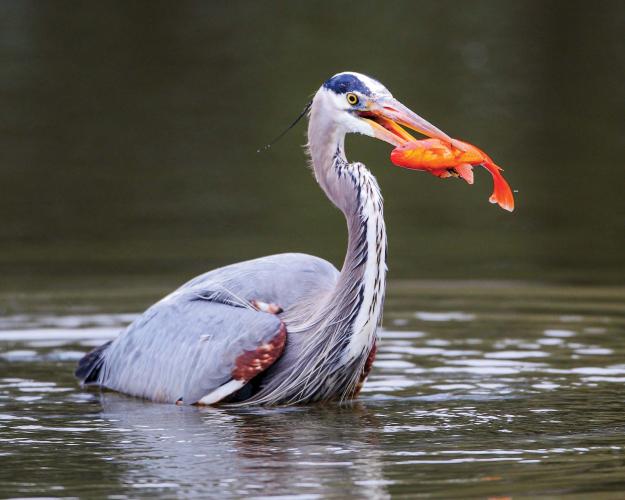

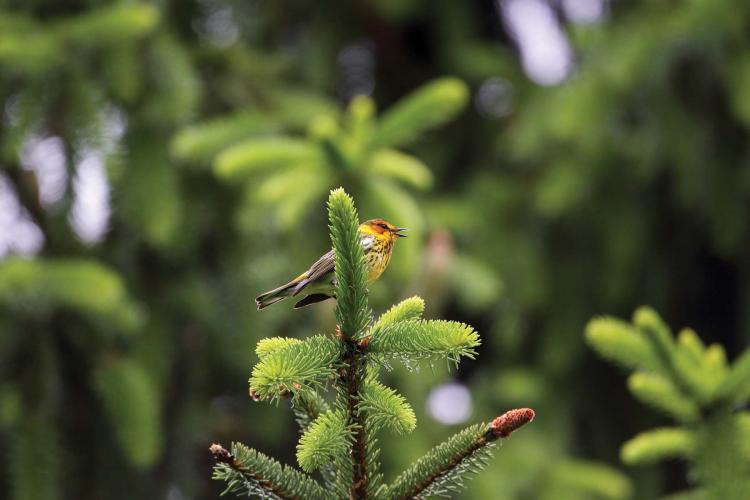
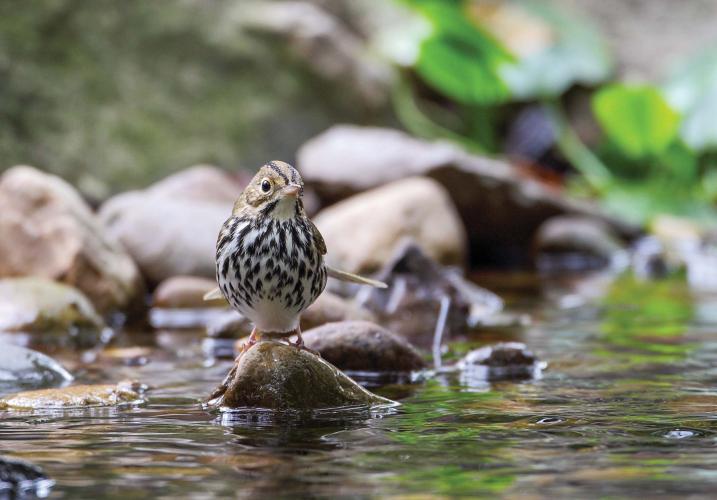
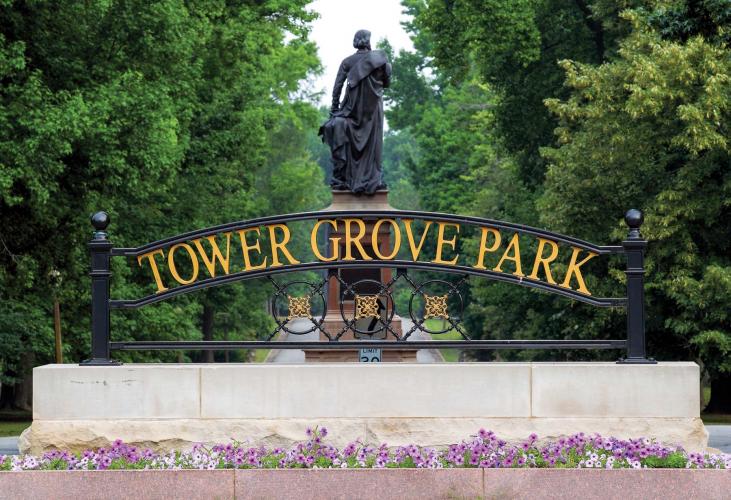

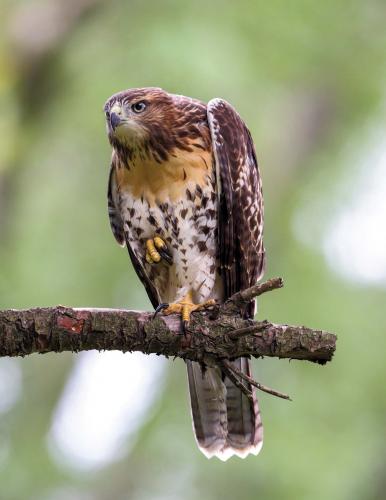
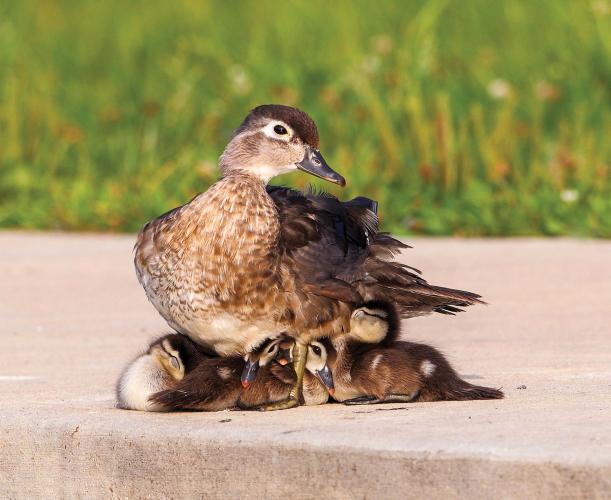
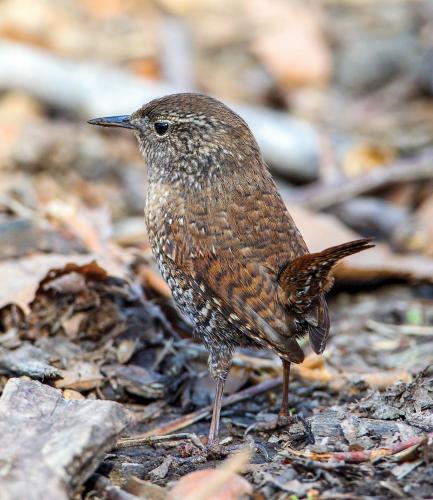
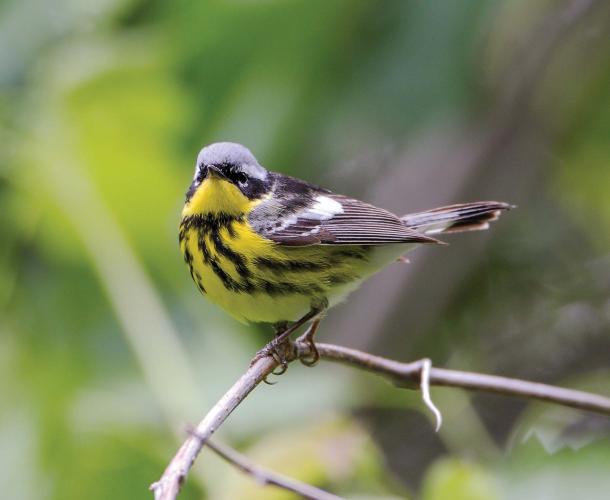
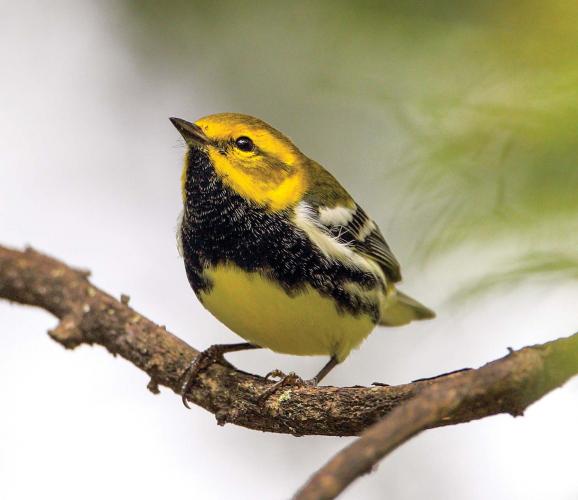
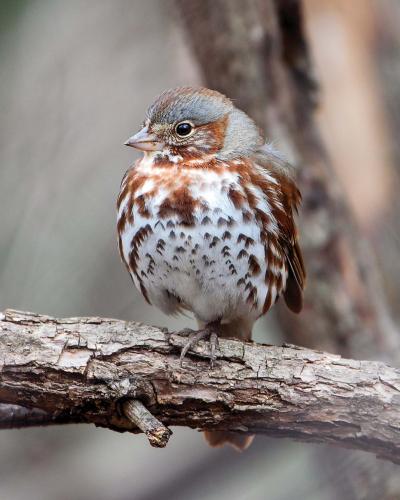
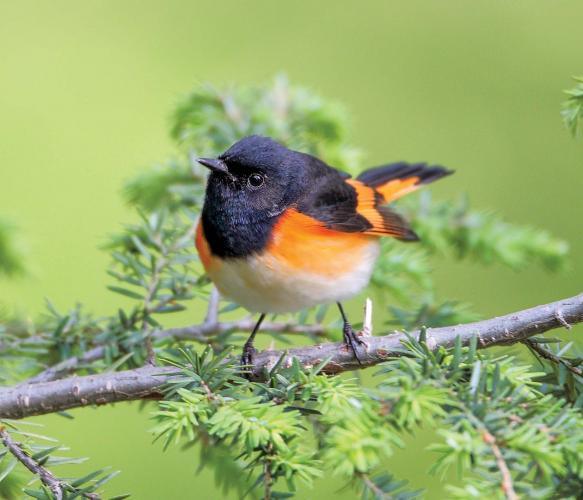



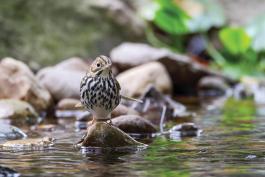
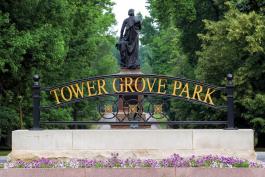
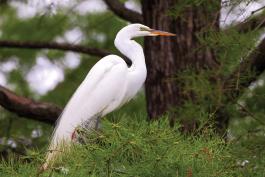


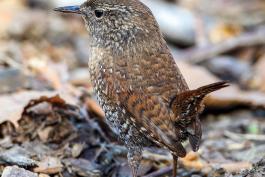
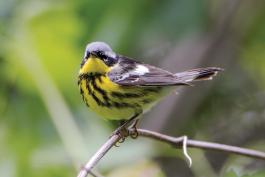
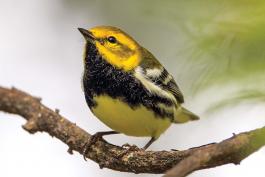
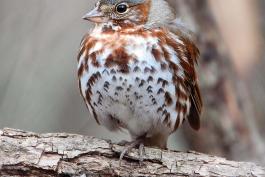

Also In This Issue
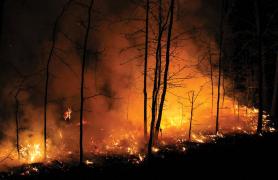

And More...
This Issue's Staff
Art Director - Cliff White
Associate Editor - Bonnie Chasteen
Staff Writer - Heather Feeler
Staff Writer - Kristie Hilgedick
Staff Writer - Joe Jerek
Photographer - Noppadol Paothong
Photographer - David Stonner
Designer - Les Fortenberry
Designer - Marci Porter
Designer - Stephanie Thurber
Circulation - Laura Scheuler






















